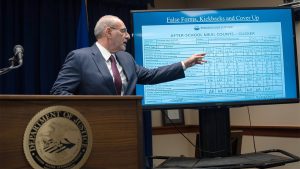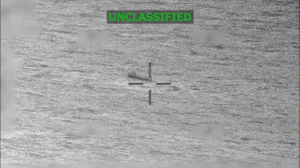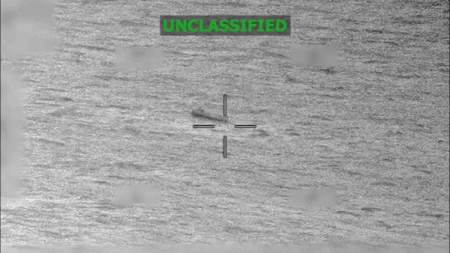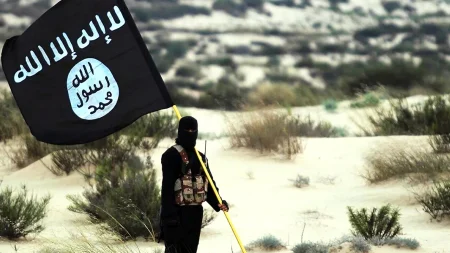Kim Ju-ae’s Emerging Role in North Korean Leadership
The recent appearance of Kim Ju-ae at a significant international summit where world leaders gathered has sparked renewed discussion about North Korea’s leadership succession plans. Analysts observing the secretive nation’s political dynamics suggest this public display represents the strongest indication yet that North Korean dictator Kim Jong-un is grooming his daughter as his eventual successor. This development marks a notable shift in the country’s leadership tradition, which has historically passed power through male heirs since its founding under Kim Il-sung. The young Ju-ae’s carefully choreographed appearances at such a high-profile diplomatic event signals her father’s apparent intention to establish her legitimacy on the world stage.
While North Korea has maintained its characteristic secrecy regarding internal political decisions, Kim Ju-ae’s increasingly prominent public profile represents a strategic communication to both domestic audiences and the international community. Previously unknown to the public until relatively recently, she has rapidly transitioned from occasional appearances at military events to taking on what appears to be a more substantive role in state functions. Experts note that her presence alongside her father during interactions with foreign dignitaries serves multiple purposes: it humanizes the often isolated leader, presents an image of family stability, and most critically, begins the process of normalizing her as a potential future leader. The calculated nature of these appearances suggests a deliberate effort to build her credibility gradually rather than a merely symbolic role.
The potential designation of a female successor would represent a dramatic departure from North Korea’s deeply patriarchal political tradition. Throughout the country’s history under the Kim dynasty, leadership succession has exclusively followed the male line, reinforcing the quasi-monarchical nature of the regime. Political analysts suggest that Kim Jong-un may be weighing pragmatic considerations about regime stability against traditional expectations. By publicly elevating his daughter while she is still young, he creates time for acceptance of this precedent-breaking choice among the political elite and military leadership whose support would be essential for a smooth transition. This approach also allows for her gradual integration into the complex network of relationships that underpin North Korea’s governance system.
The international community watches these developments with particular interest, recognizing that leadership succession in North Korea carries significant implications for regional security and diplomatic engagement. Kim Ju-ae’s growing prominence raises questions about future North Korean policy directions, particularly regarding its nuclear program and relations with neighboring countries. Some analysts speculate that her introduction to international settings at a young age might signal Kim Jong-un’s desire for his successor to navigate global diplomacy more effectively than previous generations. However, others caution against overinterpreting these appearances, noting that North Korean leadership decisions remain highly unpredictable and that Kim Jong-un, still relatively young himself, likely plans to remain in power for decades to come.
Understanding these developments requires contextualizing them within North Korea’s unique political culture, where leadership legitimacy draws heavily from the “Mount Paektu bloodline” – the direct family lineage from founder Kim Il-sung. By publicly establishing Kim Ju-ae as part of this sacred lineage, the regime reinforces the family’s claim to leadership while potentially broadening the definition of who can inherit this mantle. Cultural observers note the careful balance being struck between innovation and tradition, as state media subtly adjusts its messaging to accommodate the possibility of female leadership while maintaining continuity with established political mythology. The choreography of her public appearances – from military inspections to cultural events – appears designed to demonstrate her embodiment of values central to the regime’s narrative about itself.
The emergence of Kim Ju-ae on the international stage ultimately reflects the complex calculations facing North Korea’s leadership as it navigates regime preservation in a changing world. While much remains unknown about the young potential successor – including her exact age, education, and personal qualities – her increasing visibility represents a significant political statement about the future direction of one of the world’s most isolated nations. Whether this signals a genuine commitment to establishing her as heir apparent or serves as one element in a more complex succession strategy remains to be seen. What is clear, however, is that North Korea continues to evolve in ways that challenge simple analysis, blending adherence to established patterns with pragmatic adaptations to ensure the Kim dynasty’s continued rule. As international observers attempt to decipher these signals, Kim Ju-ae’s presence at global gatherings will continue to be scrutinized for insights into North Korea’s opaque political future.










